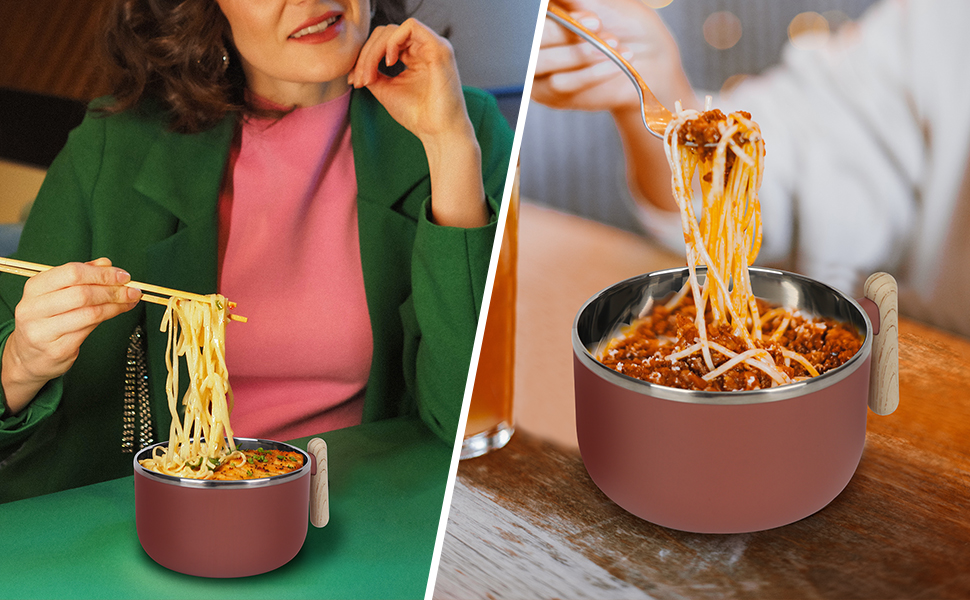The aroma of freshly brewed espresso, that rich, intoxicating scent that jumpstarts the day – it’s a ritual enjoyed by millions. But the process of creating this perfect cup often comes at a cost to our planet. Traditional espresso machines are energy-intensive, rely on unsustainable materials, and generate significant waste. Thankfully, a new wave of sustainable espresso makers is emerging, revolutionizing the industry and offering coffee lovers a guilt-free way to enjoy their daily fix. Let’s explore what makes these machines so special and how they’re changing the landscape of home and commercial espresso.
The Eco-Conscious Coffee Revolution

The drive towards sustainability in espresso machines stems from a growing awareness of the environmental impact of traditional models. These often rely on aluminum and plastic components with short lifespans, contributing to landfill waste. Their energy consumption is also significant, especially during the heating and steaming phases. Sustainable espresso makers address these issues head-on by focusing on several key areas:
- Sustainable Materials: Many eco-friendly models are constructed using recycled materials, bamboo, sustainably sourced wood, and other eco-conscious alternatives to traditional plastics and metals. This reduces the demand for virgin resources and minimizes the machine’s carbon footprint.
- Energy Efficiency: Advanced heating elements and improved insulation dramatically reduce energy consumption compared to older models. Features like automatic shut-off and programmable settings further enhance efficiency.
- Reduced Waste: Some sustainable machines are designed for minimal waste production. This can include features that reduce water usage or are easily repairable and recyclable at the end of their lifespan.
- Ethical Sourcing: Beyond the machine itself, many manufacturers prioritize ethically sourced components and fair labor practices throughout their supply chains, promoting a holistic approach to sustainability.
Engine Options: Powering Sustainable Espresso
While the internal workings of sustainable espresso machines might not seem as glamorous as the sleek exterior, the “engine” plays a vital role in efficiency and sustainability. Let’s explore the common types:
- Thermoblock Heating Systems: These systems are known for their speed and energy efficiency. They heat water on demand, eliminating the need to keep a large reservoir constantly heated, resulting in significant energy savings.
- Heat Exchange Systems: Offering a balance between speed and temperature stability, heat exchange systems use a separate boiler to heat water for espresso and steam simultaneously. While slightly less energy-efficient than thermoblocks, they deliver consistent temperature for superior espresso extraction.
- Induction Heating: Induction heating systems are increasingly popular due to their high energy efficiency and rapid heating capabilities. They offer precise temperature control and quick warm-up times, minimizing energy waste.
Torque: The Unsung Hero of Espresso

While not directly related to sustainability, the motor’s torque – its rotational force – significantly impacts the quality of the espresso produced. A sufficient torque ensures consistent pressure during extraction, resulting in a more even and flavorful shot. Low torque can lead to inconsistent pressure, resulting in channeling (uneven water flow through the coffee grounds) and a less desirable cup. Look for machines with a high enough torque to reliably handle different coffee grinds and maintain pressure throughout the extraction.
Comparing Sustainable Espresso Makers

The market for sustainable espresso machines is growing rapidly, with many excellent options available. Direct comparisons can be difficult without specifying particular models, but some key features to consider include:
- Material Composition: Pay close attention to the materials used in the construction. Look for machines utilizing recycled materials and sustainably sourced wood or bamboo.
- Energy Consumption: Check the machine’s energy rating (often expressed in watts) and compare it to traditional models. Look for features like automatic shut-off to further reduce energy waste.
- Water Usage: Some models offer features to optimize water usage during the brewing process. Look for those with water-saving technologies.
- Repairability and Recyclability: Choose machines that are designed for easy repair and have components that are easily recyclable at the end of their lifespan. This extends the product’s overall life and reduces environmental impact.
- Price: While sustainable espresso machines are often priced higher upfront, their long-term value and environmental benefits justify the investment.
Practical Advice for Users

To maximize the sustainability of your espresso maker, consider these tips:
- Proper Cleaning and Maintenance: Regular cleaning prevents the buildup of mineral deposits and ensures optimal machine performance, extending its lifespan.
- Descaling Regularly: Descaling removes mineral buildup, improving efficiency and preventing damage to internal components.
- Use Eco-Friendly Cleaning Products: Choose biodegradable cleaning products to minimize environmental impact.
- Source Sustainable Coffee Beans: Pair your sustainable machine with ethically sourced and sustainably grown coffee beans to complete the eco-conscious coffee experience.
- Extend Machine Lifespan: Proper maintenance and care will maximize the lifespan of your espresso machine, reducing the need for frequent replacements.
Conclusion: A Sustainable Future for Espresso
The move toward sustainable espresso makers signifies a positive shift in the industry. By prioritizing eco-friendly materials, energy efficiency, and reduced waste, these machines empower coffee lovers to enjoy their daily ritual without compromising their environmental values. As technology advances and consumer demand for sustainable products increases, we can expect even more innovative and eco-conscious espresso machines to emerge, ensuring a more sustainable future for the beloved beverage.




